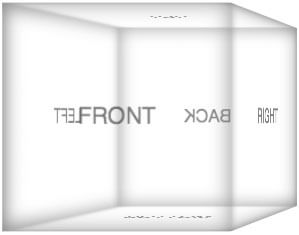Match Emojis with Regular Expressions
When experimenting with unicode property escapes, to identify accented letters in strings, it reminded me of a question I had a few years ago: what is the best way to identify and then replace emojis in a string? I first noticed this practice when using emojis in Facebook -- sometimes Facebook would replace an emoji with one of their own custom images, likely because another device may not support that emoji.
Much the way you can match accented characters, you can use unicode property escapes to match emojis:
const emojis = "😂😂💯".match(/\p{Emoji_Presentation}/gu);
// ["😂", "😂", "💯"]
I've previously seen massive arrays of every emoji ever created, and it may be possible that {Emoji_Presentation} doesn't contain all emojis across all devices, but this regex has matched every case I've come across.
Happy emoji....ing!
![7 Essential JavaScript Functions]()
I remember the early days of JavaScript where you needed a simple function for just about everything because the browser vendors implemented features differently, and not just edge features, basic features, like addEventListener and attachEvent. Times have changed but there are still a few functions each developer should...
![Create a CSS Cube]()
CSS cubes really showcase what CSS has become over the years, evolving from simple color and dimension directives to a language capable of creating deep, creative visuals. Add animation and you've got something really neat. Unfortunately each CSS cube tutorial I've read is a bit...
![Styling CSS Print Page Breaks]()
It's important to construct your websites in a fashion that lends well to print. I use a page-break CSS class on my websites to tell the browser to insert a page break at strategic points on the page. During the development of my...
![CSS 3D Folding Animation]()
Google Plus provides loads of inspiration for front-end developers, especially when it comes to the CSS and JavaScript wonders they create. Last year I duplicated their incredible PhotoStack effect with both MooTools and pure CSS; this time I'm going to duplicate...





Great stuff!
But actually there are quite a few where
Emoji_Presentationdoes not work. Probably most of (all?) marked here as not Emoji_Presentation https://www.unicode.org/Public/UCD/latest/ucd/emoji/emoji-data.txt but Extended_Pictographic or just Emoji..match(/\p{Emoji}/gu);work too well (matching 1-9, # and *) but
.match(/(\p{Emoji_Presentation}|\p{Extended_Pictographic})/gu)seems to do the charm :)